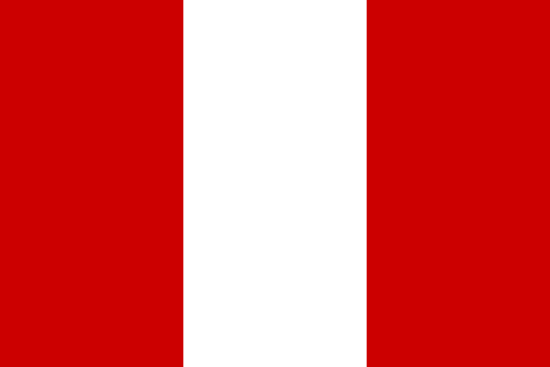"Lima, la gris | Lima, the gray"
About:
Lima, the capital of Peru, was founded by Spanish conquistador Francisco Pizarro on January 18, 1535. It thrived under Spanish rule, becoming the most important city in the Spanish Viceroyalty of Peru. Following Peru's independence in 1821, Lima became the country's capital. The city has faced significant challenges, including a devastating earthquake in 1746 and periods of political instability. Despite this, Lima has grown into a global city, known for its rich culture, architecture, and gastronomy.
When to visit:
Lima, the capital city of Peru, is a vibrant destination that offers a rich tapestry of history, culture, and gastronomy. For a holiday visit to Lima, it is recommended to plan your trip during the dry season, which typically runs from December to April. During this time, you can enjoy sunny days and comfortably explore the city's attractions without the interruption of heavy rainfall. Additionally, the summer months of December to February coincide with various festivals and events in Lima, providing a lively atmosphere for travelers to experience the local culture.
When to avoid:
The worst time to travel to Lima, Peru during a holiday is typically during the rainy season, which runs from December to April. Heavy rainfall during this period can lead to flooding, traffic disruptions, and potential landslides, making travel conditions challenging. Additionally, the high humidity and damp conditions can be uncomfortable for tourists exploring the city. It is advisable to check weather forecasts and plan your trip accordingly to avoid potential travel difficulties during this time.
"Winter Season (Jun–Sep)"
In Lima, the coldest and wettest period is from June to October, known as the "garúa season". Temperatures average around 15°C (59°F). Rainfall is rare, but a constant mist, or "garúa", hangs in the air, leading to high humidity and overcast skies. The sun rarely breaks through the cloud cover, making the days seem gray and gloomy. For a visitor, the day might start with a cool, misty morning, followed by a humid, overcast afternoon. Despite the lack of rain, the dampness can make it feel colder than it is.
"Summer (December–April)"
In Lima, Peru, the warmest part of the year is during their summer season, which runs from December through March. During this period, daily high temperatures typically range from 77°F (25°C) to 82°F (28°C), rarely falling below 73°F (23°C) or exceeding 86°F (30°C).
As Lima is located in a desert, it experiences very little rainfall throughout the year, including the summer months. On average, Lima receives less than an inch of rain during the entire summer season.
The city enjoys an average of 6 hours of sunshine per day during summer, which is the highest throughout the year. The humidity levels are quite high, averaging around 83%, which can make the heat feel more intense.
Despite being summer, Lima tends to have a lot of cloudiness due to the Humboldt Current, which brings cold water and creates a marine layer of stratus clouds. This results in a phenomenon known as "garúa," a persistent low-level cloudiness, especially in the mornings.
A typical day for a visitor during the warmest part of the year in Lima would feel warm but not excessively hot, with a fair amount of cloud cover that can lend a slightly overcast appearance to the city. The high humidity can make the air feel heavy, but the lack of rainfall keeps the days generally dry. Despite the cloudiness, there's still plenty of sunlight to enjoy outdoor activities.
Language:
In Lima, the most commonly spoken language is Spanish, as it is the official language of Peru. However, due to globalization and immigration, other languages such as English, Chinese (Cantonese and Mandarin), and Portuguese can also be heard. Additionally, Quechua and Aymara, indigenous languages of Peru, are spoken by a small portion of the population.




